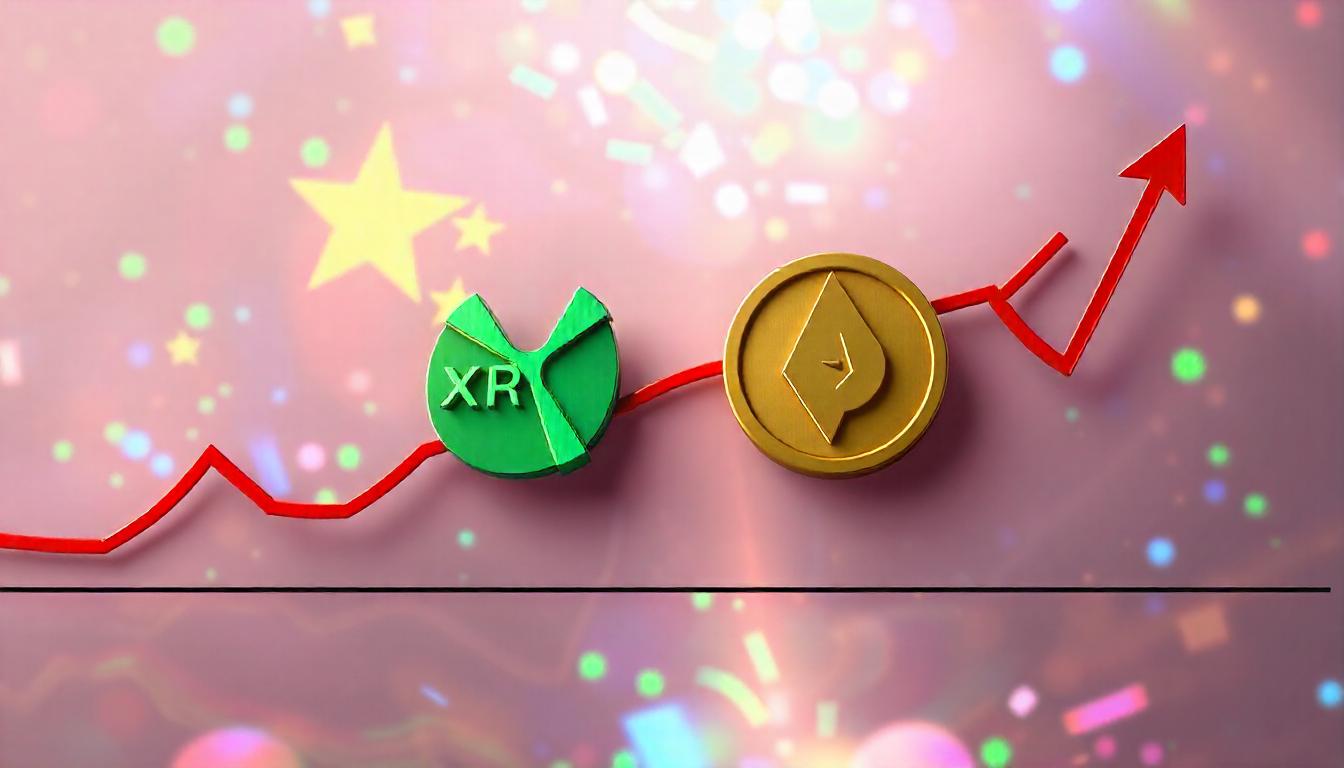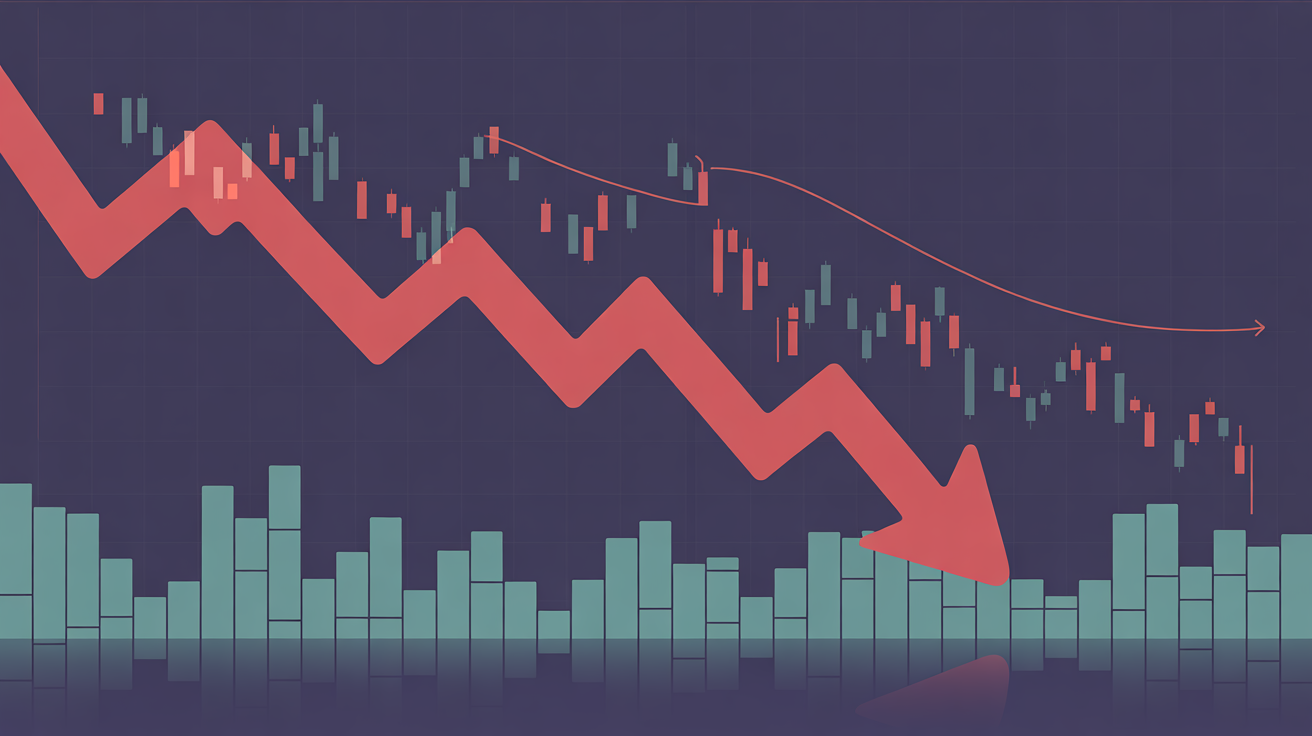
President Donald Trump’s decision to impose tariffs on imports from Canada, Mexico, and China led to a significant drop in both bitcoin and broader equity markets on Monday. However, a “buy-the-dip” rally saw cryptocurrencies surge by up to 20% in the following 24 hours, as traders capitalized on a $2.2 billion market downturn. The rebound was short-lived, though, as China retaliated with new tariffs on U.S. goods.
This temporary surge was followed by a pullback during Asian trading hours as the U.S. failed to meet the deadline to impose further tariffs on China. XRP, dogecoin (DOGE), Solana (SOL), and Cardano (ADA) gained about 3%, while Bitcoin (BTC) and ether (ETH) saw a 4% increase.
Ben El-Baz, Managing Director of HashKey Global, stated in a Telegram message to CoinDesk, “The ongoing tariff dispute between the U.S. and China could dampen investor appetite for risk assets and affect the optimism that has powered the recent crypto bull market.” He also noted, “If the U.S. introduces more crypto-friendly regulations, the impact of the tariffs may only be temporary.”
Despite this, market participants are divided over the longer-term impact of China’s retaliatory tariffs, with some speculating that this could either lead to a quick reversal or trigger a prolonged market downturn if the conflict escalates further.
Min Jung, a research analyst at Prestro Research, explained, “While Bitcoin is increasingly seen as a hedge like digital gold, it still behaves like a risk asset, which means tariffs from China on the U.S. are weighing down on crypto, similar to their effect on equities.”
Jung also pointed out, “The initial market reaction may have been an overreaction, but we expect volatility to continue as investors digest the news. The key question is whether this is simply a negotiation tactic that could be reversed, like we saw with Canada and Mexico, or if it marks the beginning of a prolonged trade war, especially with China being a central point in Trump’s rhetoric.”
Monday’s sharp market sell-off provided an opportunity for traders to “buy the dip,” with interest in dollar-backed stablecoins surging as a hedge against further economic instability and currency fluctuations. However, the potential for further retaliatory tariffs from other countries could continue to fuel market uncertainty, leading to ongoing volatility in the crypto space.






